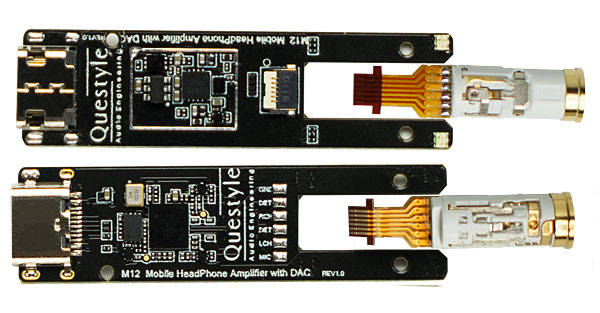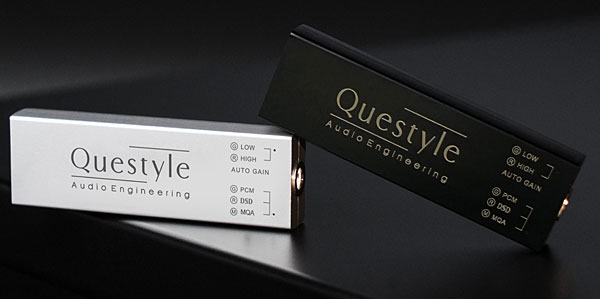| Columns Retired Columns & Blogs |
" . . . And before the objectivists among the magazine's readers demand that my license to review audio components be rescinded . . ."
Worth it for that line all by itself.
Also wonderful to have a review, with measurements, of an inexpensive but potentially useful gizmo such as this.
I say the objectionists should renew the license with a warning concerning the use of florid subjective terminology. ;)















































